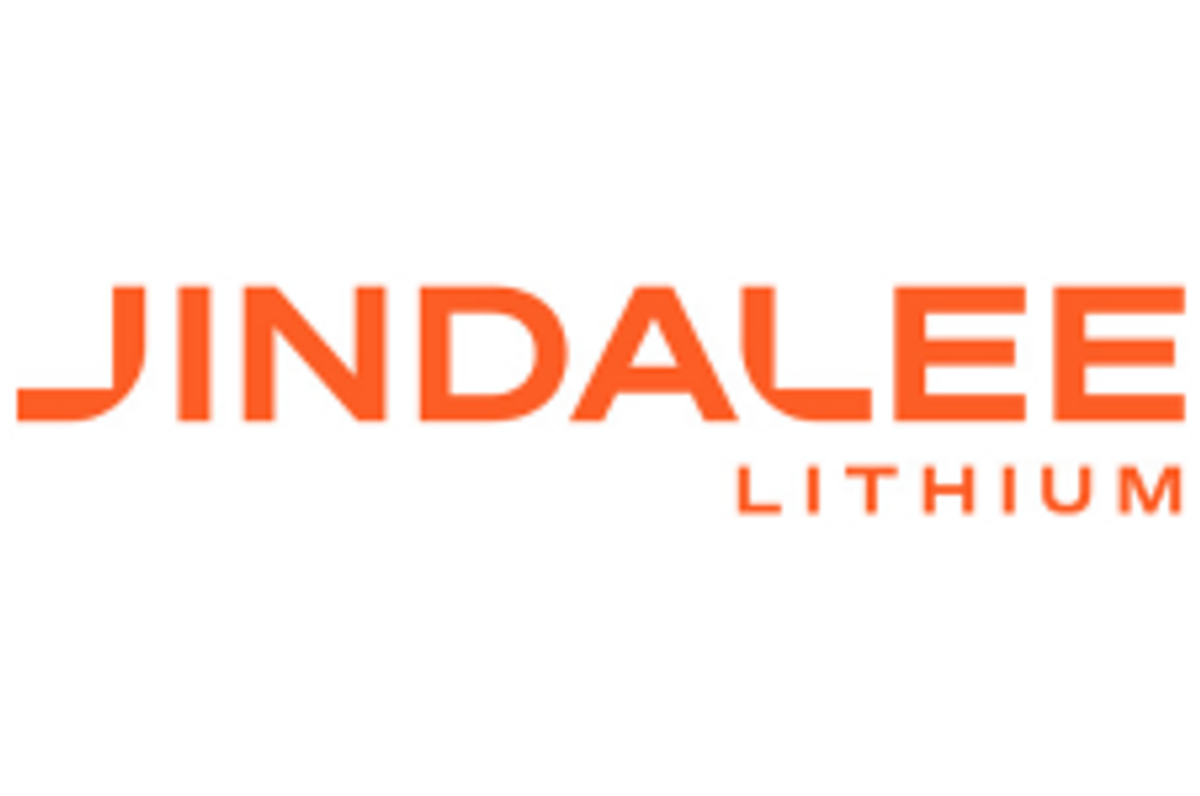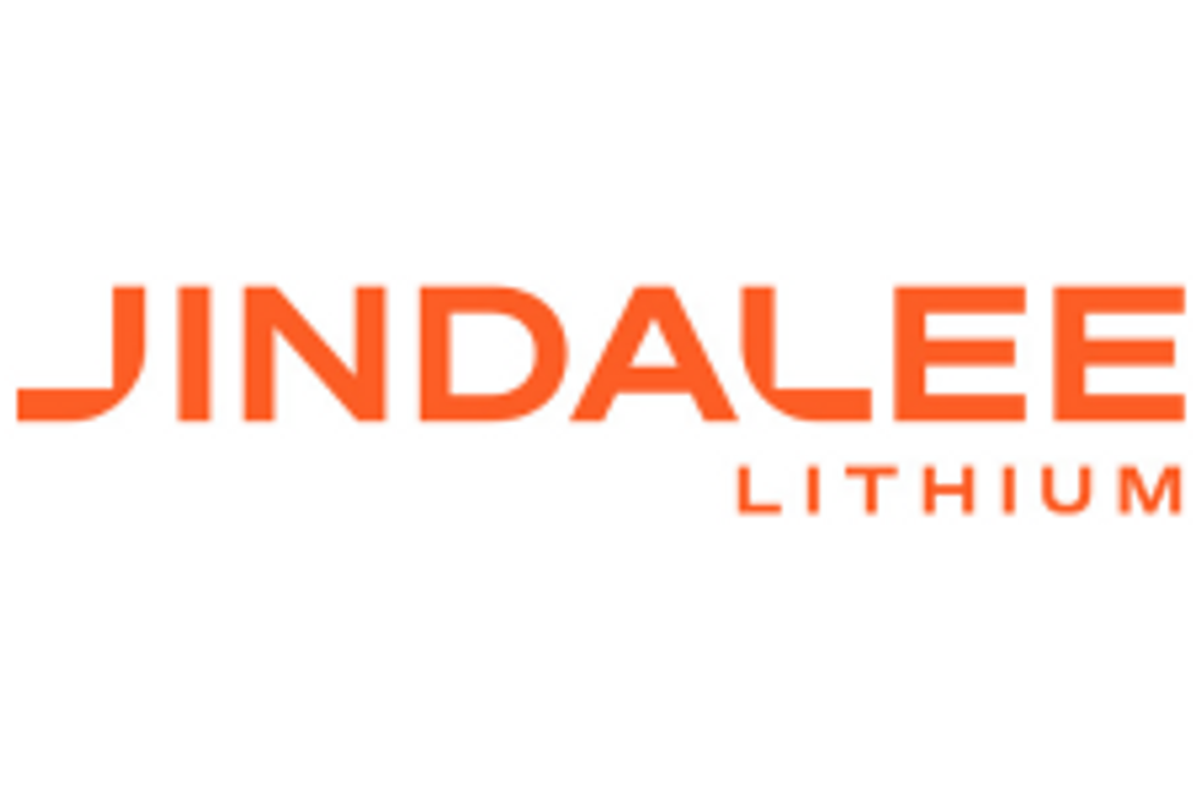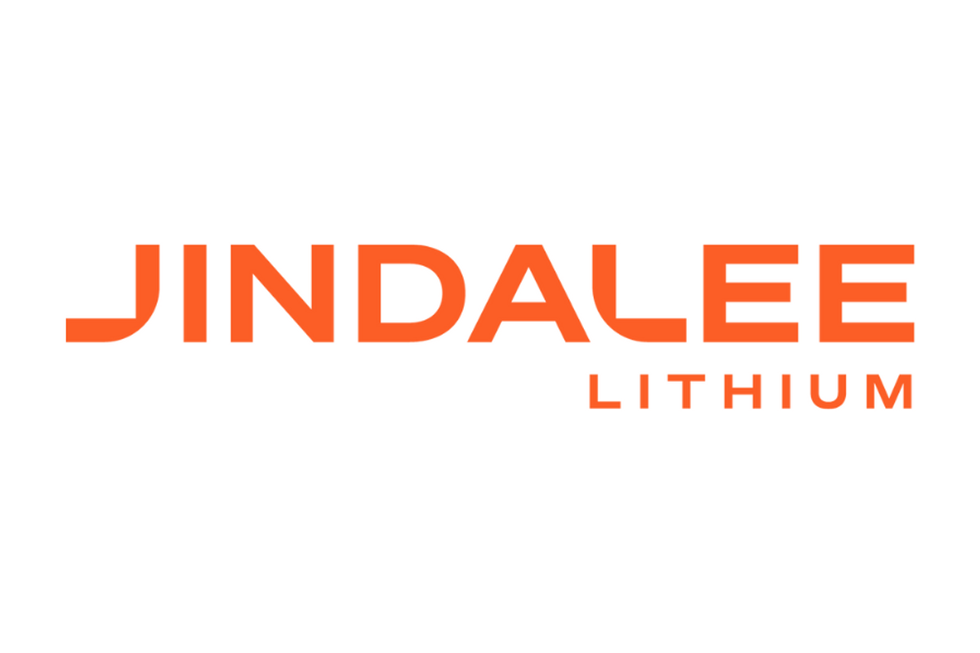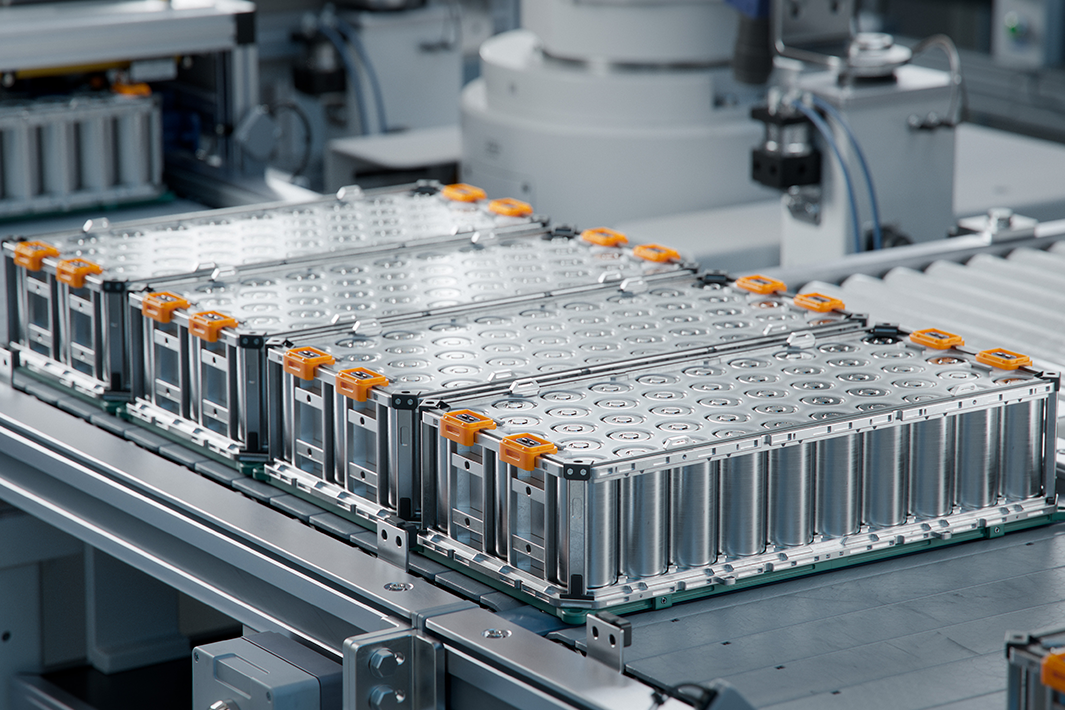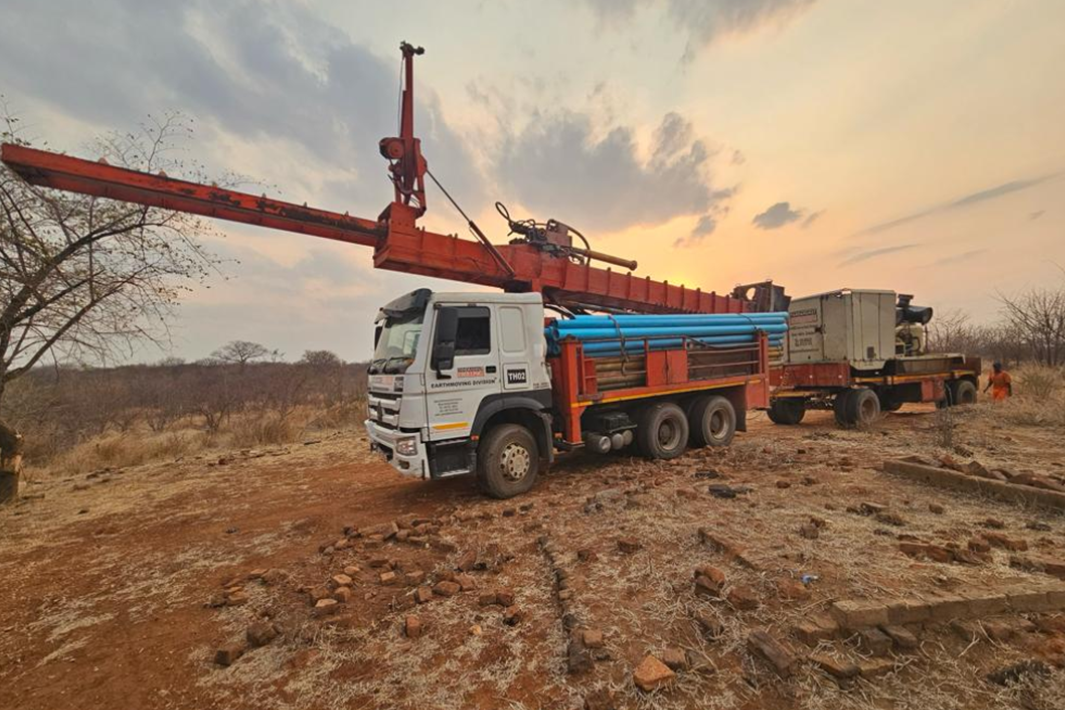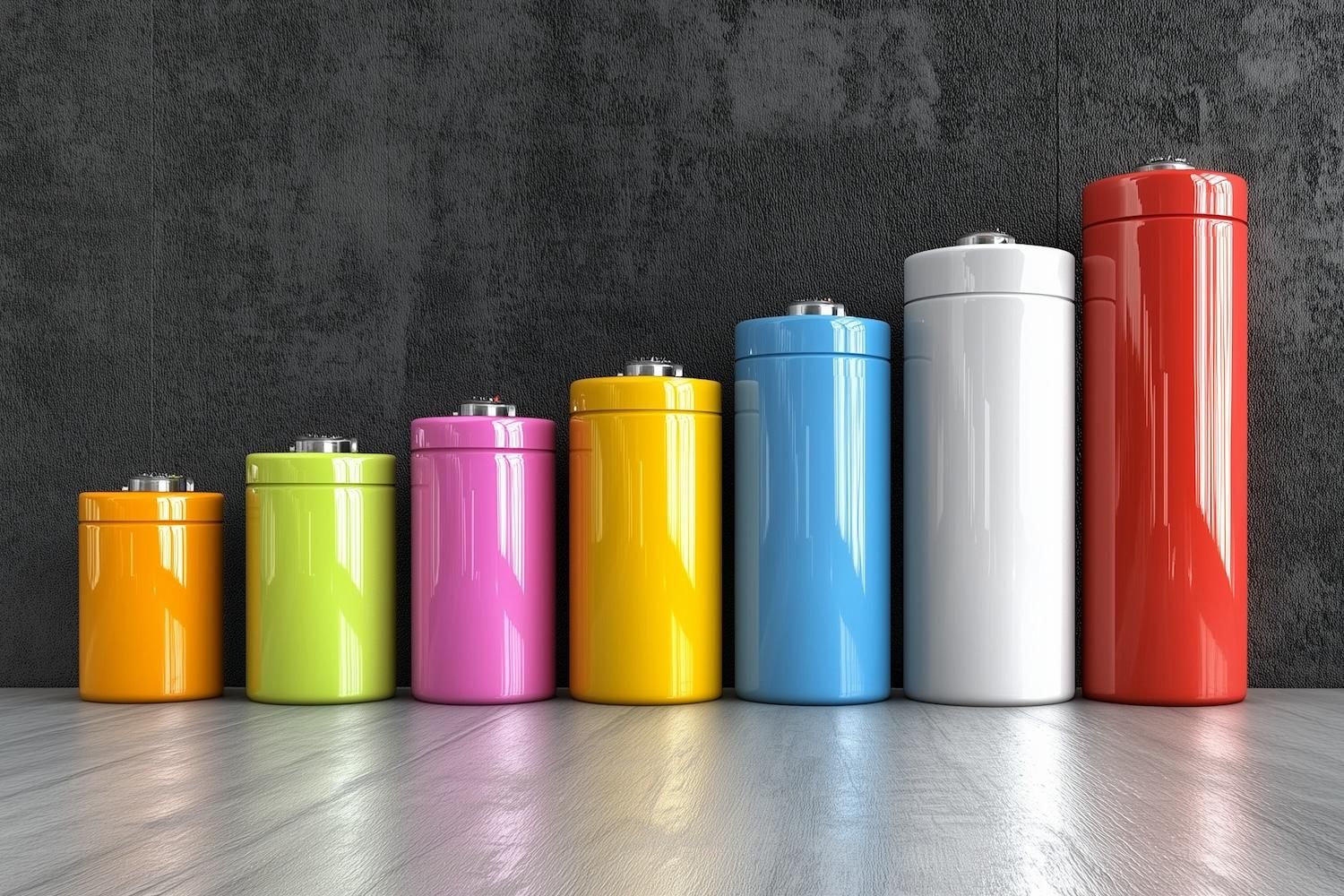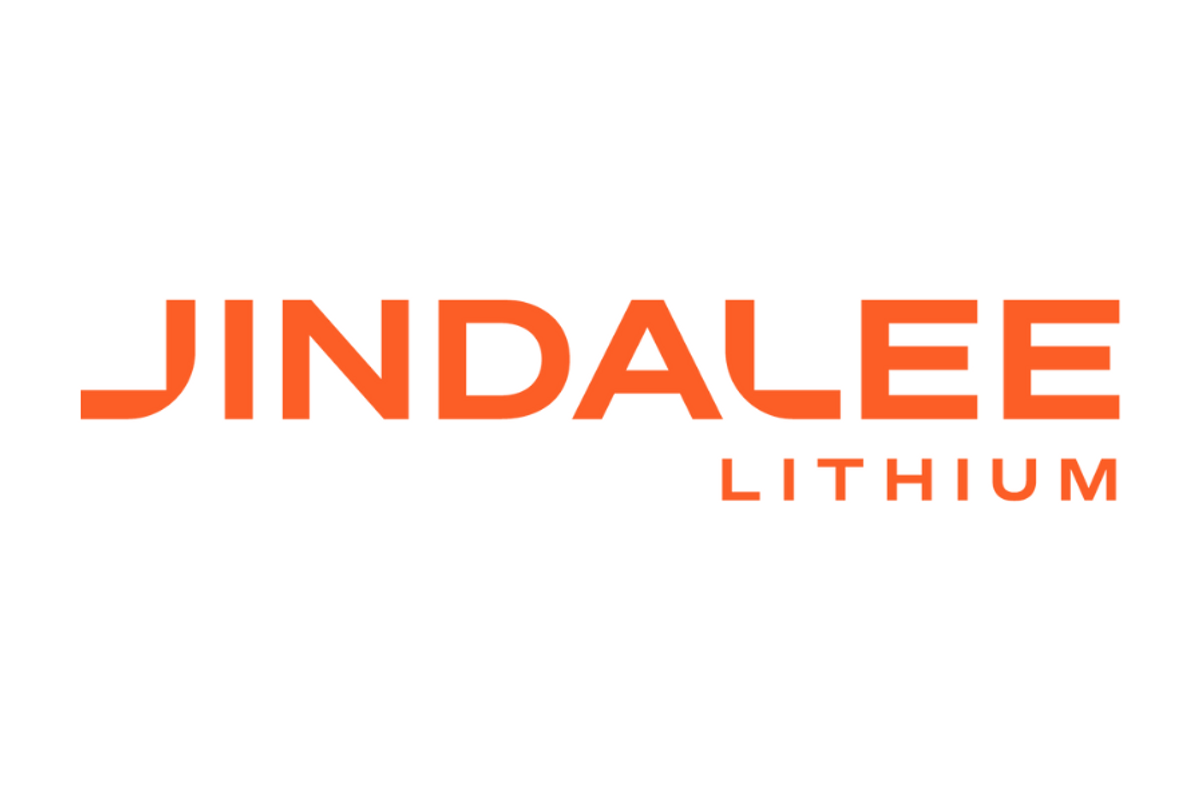
April 29, 2024
On 30 January 2024, Jindalee Lithium Limited (Jindalee, the Company) lodged its December 2023 Quarterly Activities Report, which summarised activities undertaken at the Company’s 100% owned McDermitt Lithium Project located in Oregon, USA (Project)1. McDermitt is currently the largest lithium deposit in the USA by contained lithium in Mineral Resource and is a globally significant resource with the potential to supply lithium carbonate equivalent (LCE) to US supply chains for decades2 (Table 1).
- Grant applications lodged with two US Government agencies (Defense and Energy) with strong support from state politicians, agencies and potential industry partners.
- Substantial Government funding for US critical mineral projects continues.
Jindalee is pleased to provide an update on US government funding opportunities for McDermitt.
Grant applications lodged with two US Government agencies (Defense and Energy)
Jindalee advises that the Company has lodged applications for non-dilutive grant funding with both the Department of Defense (DoD) and the Department of Energy (DoE) (Battery Manufacturing and Recycling Grant).
If successful, the DoD grant application is expected to co-fund an accelerated Feasibility Study and associated drilling and testwork, whilst the DoE grant application is designed to potentially co-fund the engineering, procurement, construction and development of a lithium processing facility at McDermitt.
Both grant applications have passed initial reviews by the agencies. The DoE grant application was accompanied by letters of support from Oregon and Nevada politicians and agencies, as well as potential Project partners.
The Company expects to provide updates regarding the status of applications and any potential award decision in the second half of 2024.
Substantial Government funding for US critical mineral projects continues
The US Government is committed to securing a domestic supply for critical minerals to reduce reliance on foreign sourced materials, including lithium, and is providing significant support and funding via the Inflation Reduction Act, the Defense Production Act and other initiatives as recent developments indicate.
On 14 March 2024 Lithium Americas Corp (TSX: LAC, Market Cap: C$1.5bn6) announced that it had received a conditional commitment from the DoE for a US$2.26 billion loan for financing the Phase 1 construction of processing facilities at the Thacker Pass Lithium Project3, located approximately 30km south of McDermitt (Figure 1). The loan, anticipated to cover approximately 75% of Thacker Pass’s initial capital cost, offers favourable terms with an interest rate equivalent to the US Treasury rates (0% spread) and a tenor of 24 years.
On 8 April 2024 Perpetua Resources Corp (TSX: PPTA, Market Cap: C$538m6) announced that it had received a Letter of Interest from the US Export-Import Bank for potential debt of up to US$1.8 billion for capital funding of the Stibnite Gold and Antimony Project in Idaho, USA4. This follows earlier grants of up to US$59.4 million received by Perpetua Resources from the DoD to assist with construction readiness and permitting of the Stibnite Project5.
Jindalee’s CEO Ian Rodger commented “We are very pleased with the progress of our grant applications for the McDermitt Lithium Project, particularly with the strong backing we’ve received from key stakeholders, including US politicians and potential Project Partners. The support for our applications highlights the strategic importance of our Project and its alignment with US national interests. These non-dilutive grants, if successful, promise to significantly enhance equity returns, reinforcing our strategy and amplifying the value we deliver to our shareholders.

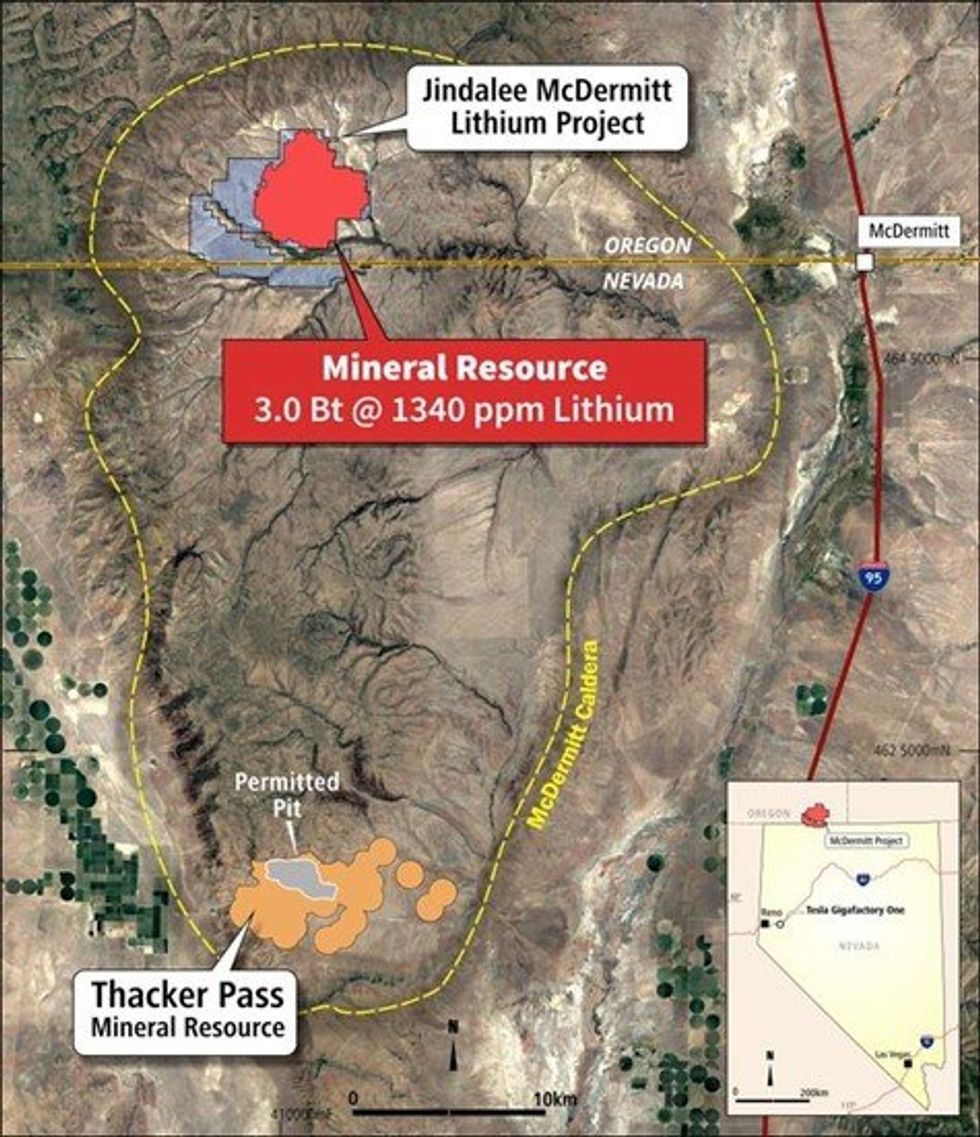
Click here for the full ASX Release
This article includes content from Jindalee Lithium Limited, licensed for the purpose of publishing on Investing News Australia. This article does not constitute financial product advice. It is your responsibility to perform proper due diligence before acting upon any information provided here. Please refer to our full disclaimer here.
JLL:AU

Sign up to get your FREE
Jindalee Lithium Investor Kit
and hear about exciting investment opportunities.
- Corporate info
- Insights
- Growth strategies
- Upcoming projects
GET YOUR FREE INVESTOR KIT
The Conversation (0)
16 April
Jindalee Lithium
Game-changing, economically significant lithium resource for North American battery supply chain
Game-changing, economically significant lithium resource for North American battery supply chain Keep Reading...
11 December
US Government Approves Major Drilling Program at McDermitt
Jindalee Lithium (JLL:AU) has announced US Government Approves Major Drilling Program at McDermittDownload the PDF here. Keep Reading...
08 December
Trading Halt
Jindalee Lithium (JLL:AU) has announced Trading HaltDownload the PDF here. Keep Reading...
03 December
McDermitt Drilling and US Listing Update
Jindalee Lithium Limited (Jindalee, or the Company; ASX: JLL, OTCQX: JNDAF) is pleased to report significant progress on two fronts: the successful completion of the 2025 drilling program at the McDermitt Lithium Project and continued advancement of plans to list McDermitt on a US national... Keep Reading...
27 November
Oversubscribed Share Purchase Plan Raises $1.5 Million
Further to its announcement on 20 October 20251, Jindalee Lithium Limited (ASX: JLL, OTCQX: JNDAF) (Company) is pleased to advise the results of its Share Purchase Plan (SPP). The SPP closed for applications on 20 November 2025, and the Company has today completed the allocation and issuance of... Keep Reading...
04 November
Drilling Underway at McDermitt Lithium Project
Jindalee Lithium (JLL:AU) has announced Drilling Underway at McDermitt Lithium ProjectDownload the PDF here. Keep Reading...
11 December
Mining the Gap: 5 Forces Shaping North America’s Lithium Supply Chain
A convergence of industry investments, government initiatives and a shifting global trade dynamic is creating an environment ripe for the development of a North American battery supply chain, with lithium playing a leading role. These trends are reshaping the region’s industrial base and opening... Keep Reading...
10 December
Rock Bottom: Strategic Window for Ground-level Lithium Investment
When lithium prices hit bottom, savvy investors know that’s exactly where the next big discovery begins — literally. Beneath the surface of global markets and remote exploration grounds, new opportunities are forming in the wake of a sharp price reset and renewed geopolitical urgency.Recent... Keep Reading...
10 December
Liontown Resources Pens Lithium Offtake Agreement with China's Canmax
Liontown Resources (ASX:LTR,OTC Pink:LINRF) has executed a binding offtake agreement with Chinese conglomerate Canmax Technologies (SZSE:300390) as part of its strategy to diversify its customer base.“Listed on the Shenzhen Stock Exchange, Canmax is one of the world’s leading manufacturers of... Keep Reading...
05 December
Livium Receives A$663k in RsD Tax Incentive Rebates for VSPC
Livium Ltd (ASX: LIT) (“Livium” or the “Company”) advises that it has received A$663,000 in research and development ("R&D") tax incentive rebates from the Australian Tax Office for the 2025 financial year ("FY25"), relating to its wholly owned subsidiary VSPC Pty Limited ("VSPC"). The rebate... Keep Reading...
01 December
Why SQM Says Social Dialogue is Key to Sustainable Lithium
As scrutiny continues to intensify across the battery metals supply chain, the conversation around sustainability has moved far beyond carbon footprints. At this year’s Benchmark Week, Stefan Debruyne, director of external affairs at Sociedad Quimica y Minera de Chile (SQM) (NYSE:SQM), made that... Keep Reading...
27 November
Battery Storage Market Surging as Electricity Demand Enters New Era
Speaking at Benchmark Week, Iola Hughes, head of battery research at Benchmark Mineral Intelligence, outlined a market that is undergoing “very strong growth" and becoming indispensable to energy security.Hughes described energy storage as the fastest-growing segment in the battery sector today.... Keep Reading...
Latest News

Sign up to get your FREE
Jindalee Lithium Investor Kit
and hear about exciting investment opportunities.
- Corporate info
- Insights
- Growth strategies
- Upcoming projects
GET YOUR FREE INVESTOR KIT
Latest Press Releases
Related News
TOP STOCKS
American Battery4.030.24
Aion Therapeutic0.10-0.01
Cybin Corp2.140.00
